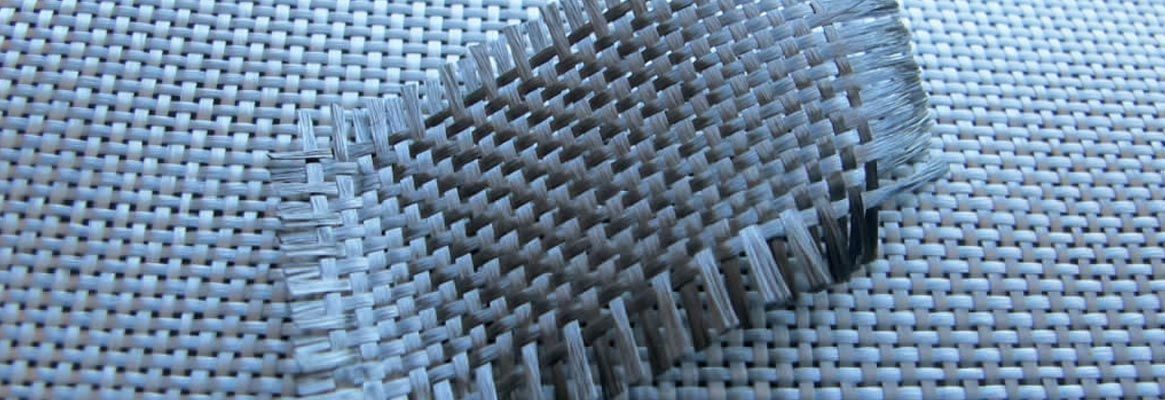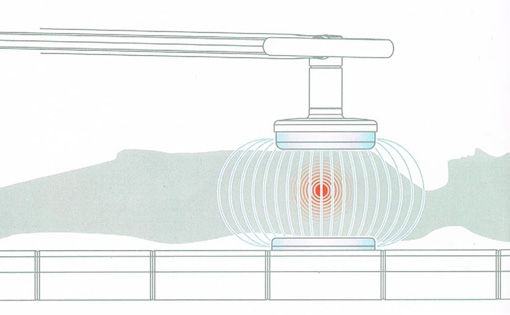At the nanoscale, even the simplest materials may havesurprising new properties, such as strength, adhesion and absorption. These canbe multiplied simply by finding the appropriate structure at the nanoscale andin 2008, many engineers succeeded.
Some nanowires of manganese-oxide shaped into woven kindof tissue paper, which engulfs oil spills without absorbing a drop of water. Adifferent nanotexture pattern, which applied to any fabric used to manufacture rainwear,appear dry even after two months under the water. On the other hand, a materialthat mimics the nanostructures found on gecko feet is 10 times more adhesivethan the original.
Developments in nanotechnology have also been used in thesearch for alternatives to existing energy sources. A novel mixture of lithiumhydride and carbon nanotubes filled with gold proved to be capable ofconverting radiation directly into electricity and could serve to boost thespacecraft on long missions.
Carbon nanotubes were also part of a plan to create a newtype of artificial photosynthesis. The tubes act as a temporary storage forelectrons obtained from light before use in chemical reactions that remove Carbon-Di-Oxide(CO2) from the atmosphere. One can even transform into fuelgreenhouse gas.
The race to develop a battery to unlock the potential ofelectric vehicles also depends on progress at the nanoscale, including greaterchemical power in a smaller volume.
Processor designers have spent many years adventuring onthe nanoscale and in recent chips have reached 45 nanometers, but since it willnot be possible to shrink much silicon, nanocomposites could offer betterperformance at similar scales. A material called graphene (a sheet of carbonjust one atom thick) is one of the main competitors, as this year has proven tobe capable of smashing the record of conductivity of a material at roomtemperature, which sets the limit computing speed.
Taking advantage of the nanostructures of nature (DNAfibers only 2 nm) to create a type of tiny optical fiber cable could provide away to connect the components of future computers and send data with lightinstead of electricity.
However, when one discovers any new and exotic material,the safety of nanomaterials should also be evaluated. It is still unknown howfar we have already started to release nanoparticles into the environment, butthere is no doubt that the process is already underway. It was discovered thatsilver nanoparticles commonly added to socks to kill bacteria are easily passedto wastewater during washing. And it is likely to produce more discoveries likethis. Some everyday products such as cleansers and sunscreens already containnanoparticles and nanoscale structures are increasingly used in industry.
Meanwhile, laboratoryinvestigations of the effects of nanoparticles on health have been worrying.One study found that mice inhaled nanotubes were suffering the effects similarto asbestos, and another showed that the worms ate nanotubes had a lowerreproductive rate.
However, there have been very few studies like these, which have led to the Royal Commission on Environmental Pollution of the United Kingdom to highlight the urgent need to evaluate the effects on health and environment of nanoscale objects.
Author Information:
Mr. Rokibuzzaman submits articles on different journals and online blogs since 2005. Currently he is working on research oriented online articles, and is authoring a book on online articles techniques.








